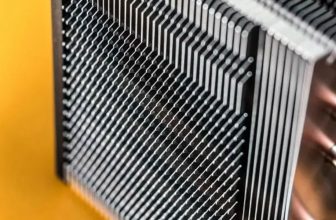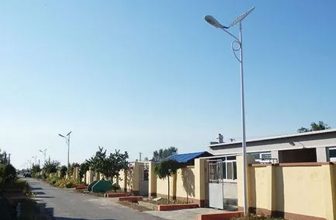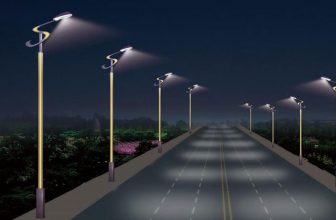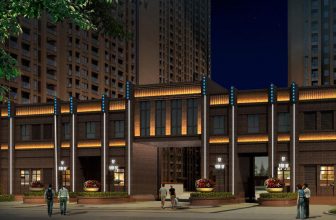Compared with traditional lighting fixtures, LED lamps do not need to use filters or filters to produce colored light, which not only has high efficiency and 150lm/w to 160lm/w 1500W-2000W Modular Stadium Light color, but also can achieve dynamic or gradual color changes. While changing the color temperature, it maintains a high color rendering index to meet different application needs. However, new requirements are also put forward for its packaging, which are specifically reflected in:
#1 Modularization
Good superposition of lumen output can be achieved through the interconnection of multiple LED lamps (or modules), meeting the requirements of high-brightness lighting. Through modular technology, multiple point light sources or LED modules can be combined in random shapes to meet lighting requirements in different fields.
#2 Maximize System Efficiency
In order to improve the light extraction efficiency of LED lamps, in addition to the need for a suitable LED power supply, it is also necessary to adopt an efficient heat dissipation structure and process, and optimize the internal/external optical design to improve the efficiency of the entire system.
#3 Low Cost
To enter the market, LED lamps must have a competitive advantage in cost (mainly referring to the initial installation cost), and packaging accounts for a large part of the entire production cost of LED lamps. Therefore, new packaging structures and technologies should be adopted to improve
Angle Adjustable 150lm/w To 170lm/w LED Stadium Light efficiency/cost The ratio is the key to realize the commercialization of LED lamps.
#4 Easy To Replace And Maintain
Due to the long service life and low maintenance cost of LED light sources, higher requirements are put forward for the packaging reliability of LED lamps. It is required that the design of LED lamps can be easily improved to meet the requirements of more efficient LED chip packaging in the future, and that the interchangeability of LED chips is required to be good, so that lamp manufacturers can choose which chips to use.
The 160lm/w IP66 LED Street Light For Urban Road source of LED lamps can be composed of multiple distributed point
sources. Due to the small size of the chip, the packaged lamps are light in weight and compact in structure, and can meet the needs of various shapes and different integration levels. The only shortcoming is that there is no ready-made design standard, but at the same time, it provides sufficient imagination space for the design. In addition, the primary goal of LED lighting control is to supply power. Since the general mains power supply is high-voltage alternating current (220V, AC), and LEDs require constant or current-limited power supplies, conversion circuits or embedded control circuits must be used to achieve advanced calibration and closed-loop feedback control systems. In addition, through digital lighting control technology, the use and control of solid-state light sources mainly rely on intelligent control and management software, thus establishing a new relationship between users, information and light sources, and giving full play to the designer and consumer imagination.








